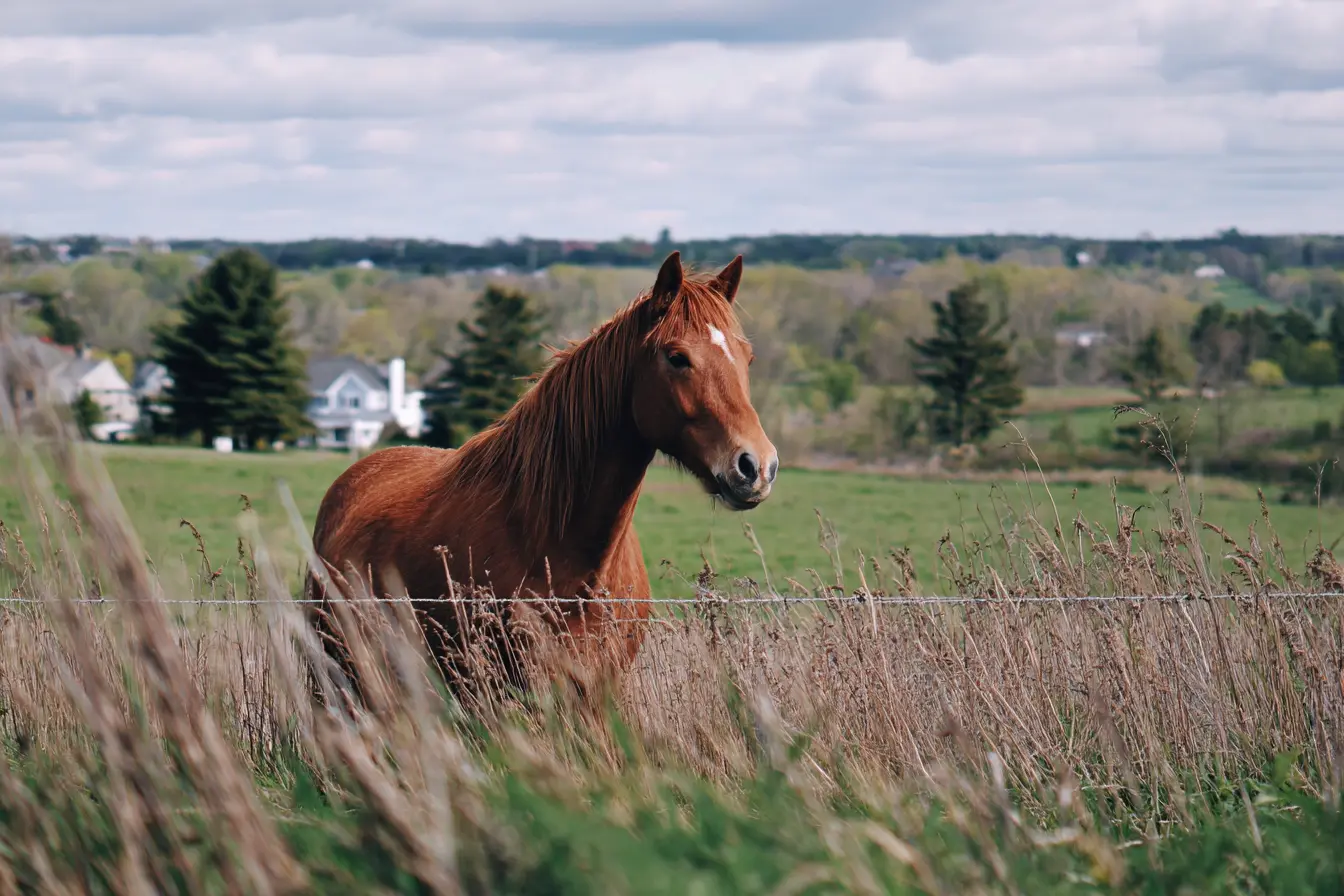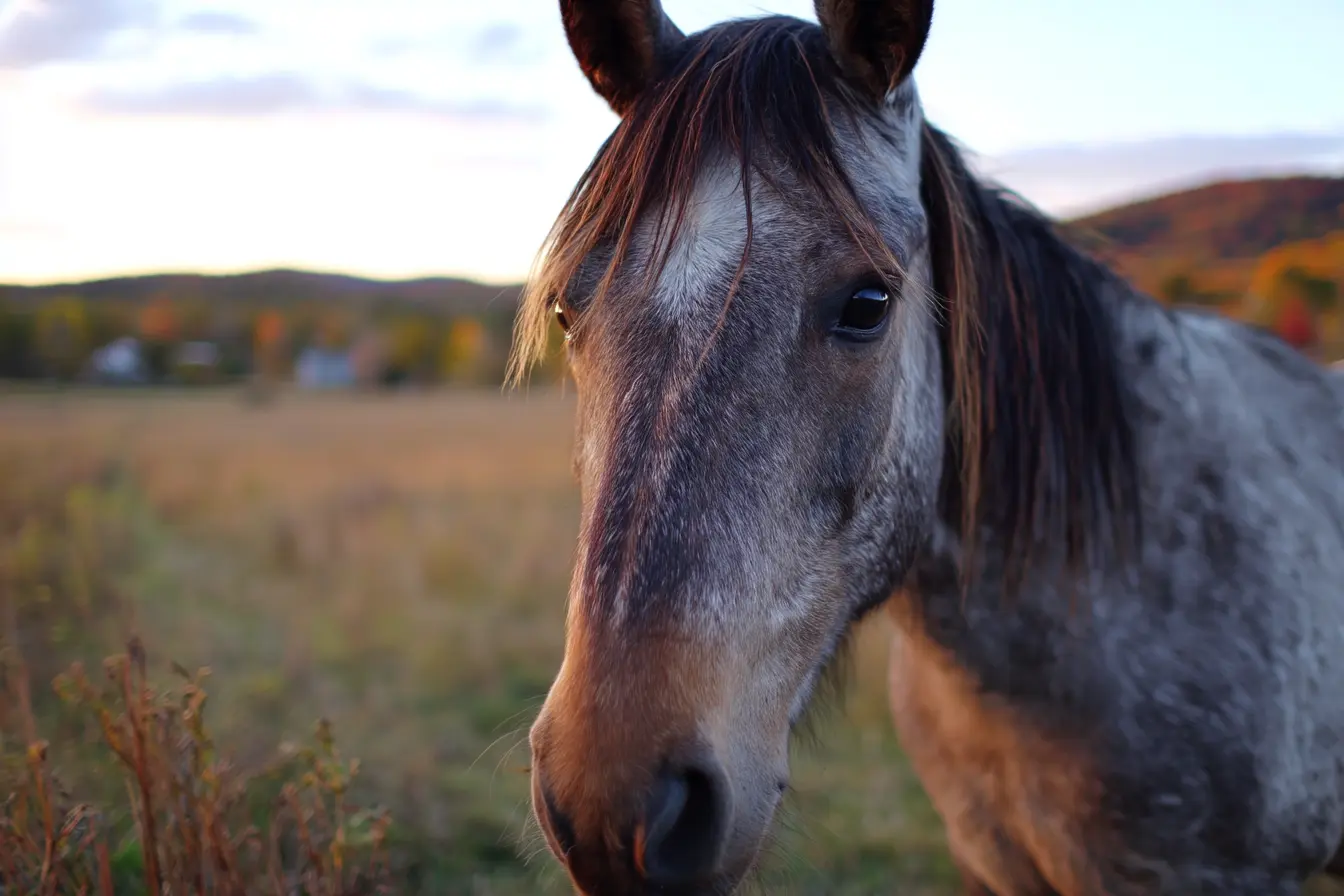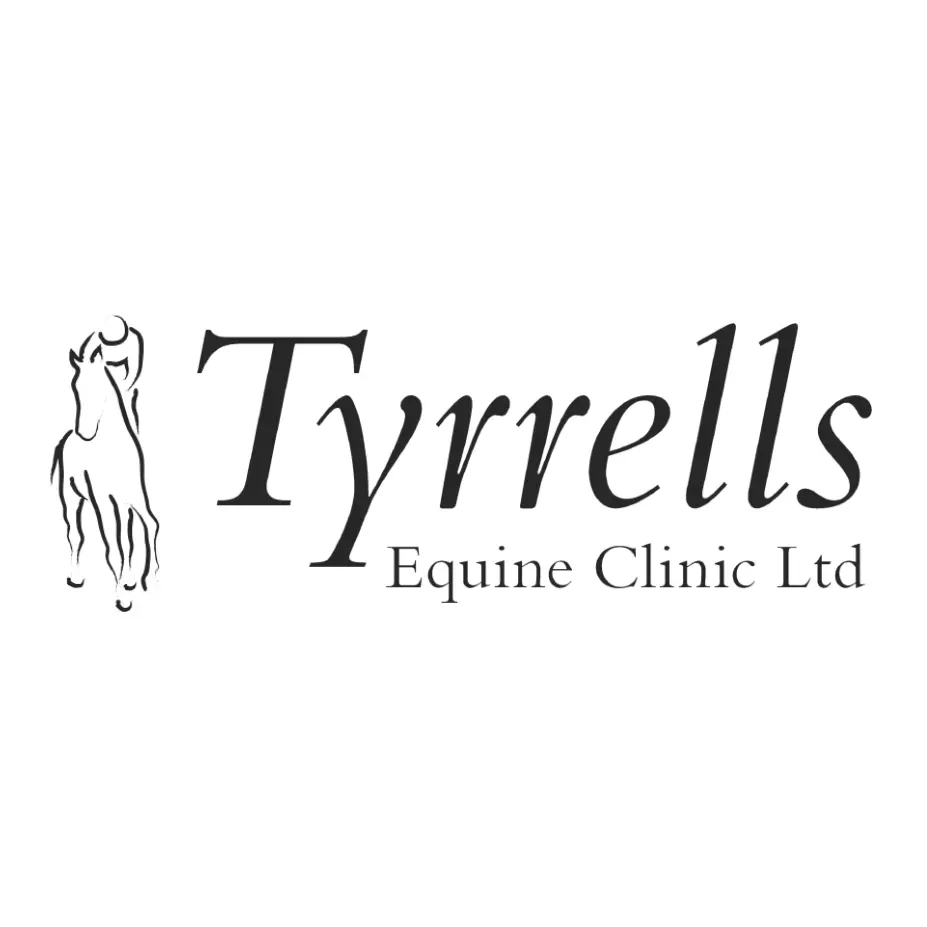
Understanding Cushing’s Disease in Horses
Cushing’s Disease, also known as Pituitary Pars Intermedia Dysfunction (PPID), is a common endocrine disorder in older horses. It can significantly impact a horse’s health and quality of life if left unmanaged. In this post, we’ll explore everything you need to know about this complex condition, from causes and symptoms to diagnosis, treatment, and daily management.
What is Cushing’s Disease?
Cushing’s Disease in horses is a dysfunction of the pituitary gland, located at the base of the brain. Specifically, the pars intermedia region becomes overactive, leading to excessive production of adrenocorticotropic hormone (ACTH). This hormone stimulates the adrenal glands to produce more cortisol, resulting in a hormonal imbalance that causes a range of clinical signs.
While it shares similarities with Cushing’s in humans and dogs, the equine form is distinct in its pathology and treatment.
Causes and Risk Factors
The primary cause of PPID is age related degeneration of neurons in the hypothalamus, which normally regulate the pituitary gland. As these neurons deteriorate, dopamine levels fall, allowing the pituitary to become overactive.
Risk factors include:
- Age: Most common in horses over 15 years old
- Breed: Ponies and Morgan horses may be more predisposed
- Genetics: While not fully understood, some genetic susceptibility may exist
Signs and Symptoms
The symptoms of Cushing’s Disease can develop gradually and may initially be mistaken for normal ageing. Recognising early signs is crucial for timely intervention.
Common signs include:
- Hirsutism (long, curly or delayed-shedding coat)
- Laminitis, often recurrent or unexplained
- Increased thirst and urination (polydipsia and polyuria)
- Muscle wasting, particularly along the topline
- Lethargy and depression
- Abnormal fat distribution (such as fat pads above the eyes)
- Pot bellied appearance
- Increased susceptibility to infections (such as skin conditions or foot abscesses)
- Infertility or irregular oestrus cycles in mares
Diagnosing PPID
Diagnosis can be challenging due to the overlap of symptoms with other age related issues. A combination of clinical examination and laboratory tests is usually necessary.
Diagnostic tests include:
- Basal ACTH test: Measures ACTH levels in the blood
- TRH stimulation test: Measures the pituitary's response to thyrotropin releasing hormone; more sensitive for early or borderline cases
- Dexamethasone suppression test: Less commonly used due to the risk of inducing laminitis
ACTH levels can vary with the seasons, so test interpretation should take seasonal reference ranges into account.
Treatment Options
While PPID is not curable, it is manageable. The main goal of treatment is to control symptoms and improve the horse’s quality of life.
Main treatment strategies:
- Medication: Pergolide mesylate (commonly sold as Prascend) is the most effective treatment. It mimics dopamine and helps suppress the overactive pituitary gland
- Diet: A low sugar, low starch diet helps manage insulin dysregulation and laminitis risk
- Farriery: Regular hoof care is critical, especially if the horse is prone to laminitis
- Parasite control and dental care: Older horses require diligent preventative health care
Dosage of pergolide may need adjusting over time and should be monitored by a vet.
Long Term Management
Management of a horse with PPID requires a consistent care plan and regular veterinary oversight.
Tips for long term care:
- Monitor for recurring laminitis or infections
- Schedule regular blood tests to adjust medication
- Keep accurate health records, especially changes in coat, weight and behaviour
- Provide appropriate shelter and clipping if the horse has a thick coat in warm weather
With the right approach, many horses with PPID can live active, comfortable lives for years after diagnosis.
Conclusion
Cushing’s Disease is a serious but manageable condition in horses, especially with early diagnosis and proper care. By understanding the signs, getting timely testing, and maintaining a good management routine, horse owners can help their animals lead long, healthy lives.
If you suspect your horse may be showing signs of PPID, consult your vet for a thorough assessment. Staying informed is the first step toward effective management.
Vets near you
Speciality vets
- Aquatics vet specialists
- Birds vet specialists
- Camelids vet specialists
- Cats vet specialists
- Cattle vet specialists
- Deer vet specialists
- Dogs vet specialists
- Equines vet specialists
- Exotic vet specialists
- Goats vet specialists
- Pigs vet specialists
- Poultry vet specialists
- Sheep vet specialists
- Small Mammals vet specialists
- Wild vet specialists










